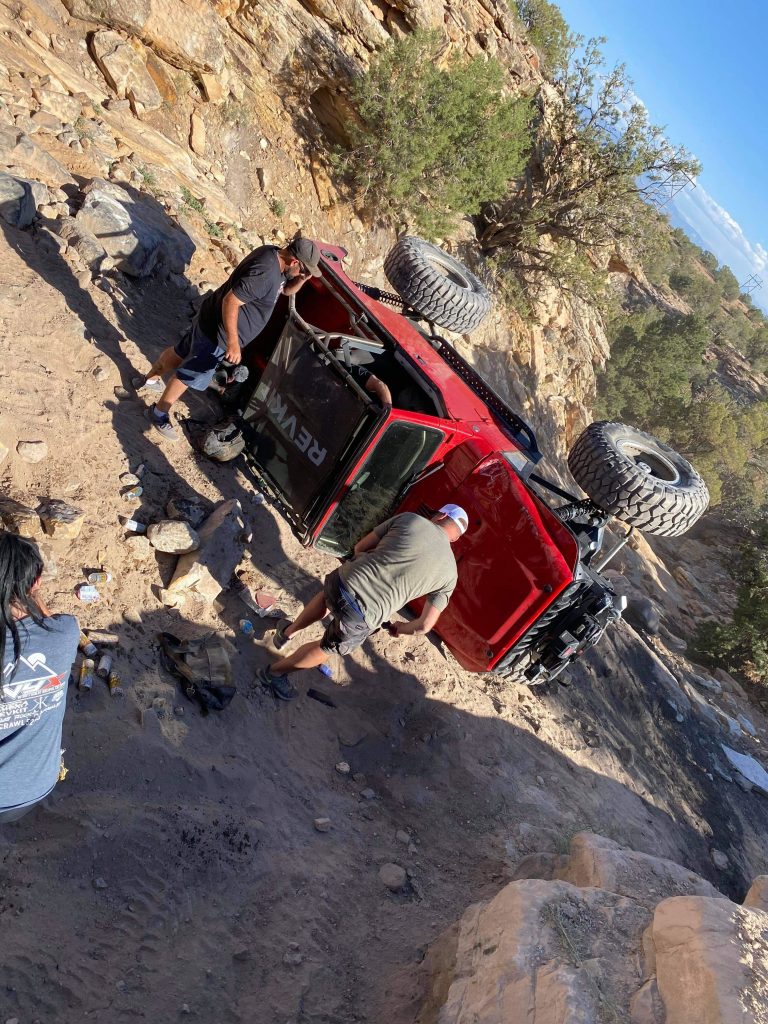
Well, you went and rolled your vehicle. Now what? We are going to explore what we need to do after a rollover and going to explore some recovery equipment you should always have.
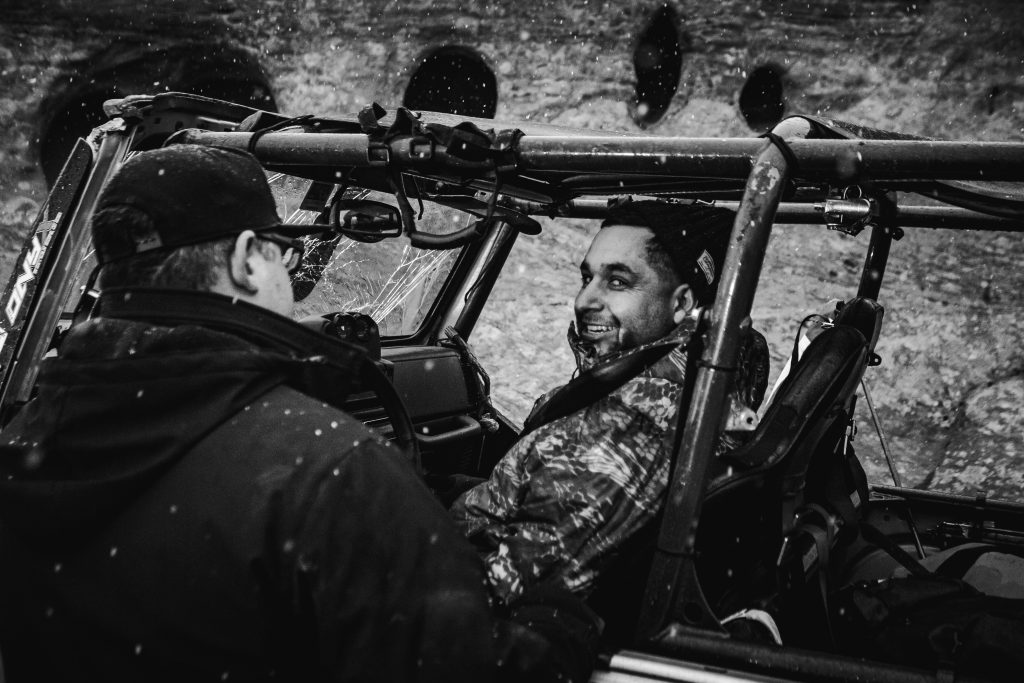
I know it’s cliché, but if you happen to be involved in a rollover, take a quick deep breath and start to figure out what happened. Each scenario is different, and it is hard to plan for each rollover type.

If you are in the vehicle
Being involved in a rollover is no fun. Hanging by the seatbelt, just dangling there; not sure what the hell just happened. First and foremost, always wear your seatbelt, and if you have a harness, wear that. This could save your life. Another piece of equipment you can get is a helmet, much like the Axel off-road helmet. It may not be a full-blown race helmet, but something is better than nothing. Once you are dangling, you need to figure out if there are any issues. And make sure you shut your vehicle off if it is on its side or on its top. If there are no apparent issues, you will need to figure out how to unbuckle your seatbelt or harness to get out of the vehicle. This is where having a friend can help you. Now that you are out of the vehicle, the rollover assessment begins.

If you are outside of the vehicle
Well, you just witnessed someone having a terrible day. First and foremost, you must ensure the vehicle has stopped moving. Most of the time, it’s a one-roll-and-done type thing, but sometimes the vehicle can roll multiple times. Only approach a vehicle once it has stopped. You now need to proceed to help your friend get out of the vehicle. Once all occupants are clear, it is time to start the recovery.
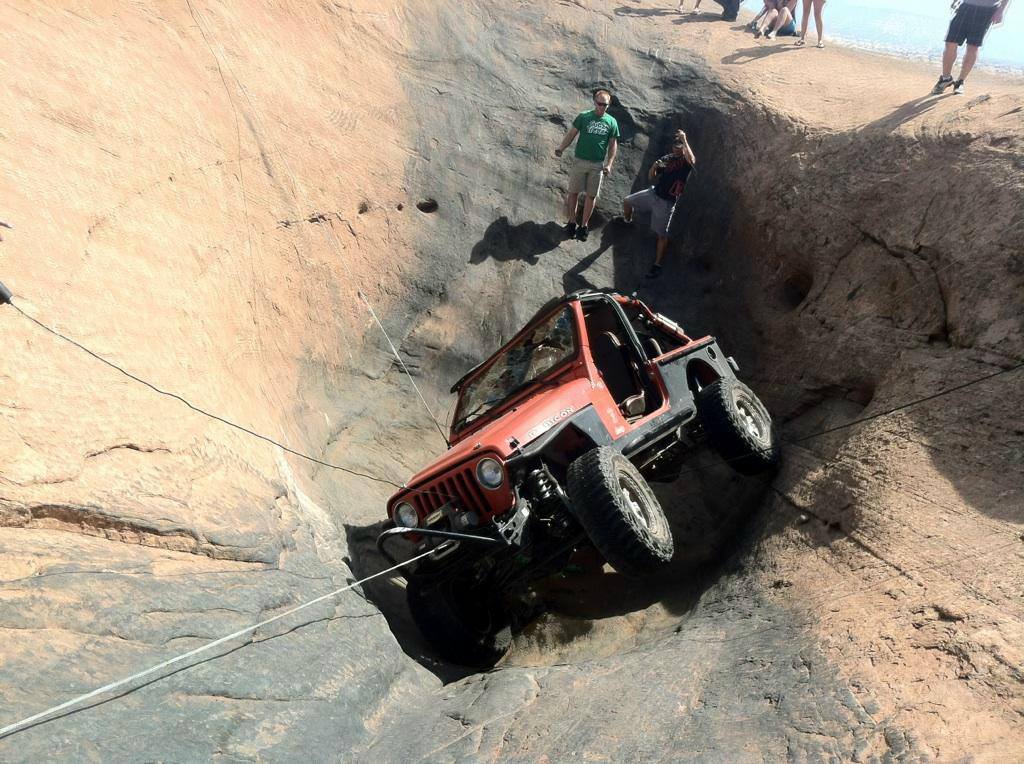
Recovery of Vehicle
Not every recovery is going to go the same way. But there are a few basics to remember. First, make sure the vehicle is in park or is in gear. That way, once you have it back on its tires, the car won’t start to roll away. Recovery can happen with just one other vehicle, but it is nice to have a few more. It can make recovery go smoother and safer. There are different ways to recover a vehicle, whether on its top or side. If it is some form of Jeep, it likely has some form of a roll cage. The cage is where you would like to be able to connect your winch. Using a soft shackle around the cage is a great way to securely attach the winch cable and not cause any more damage to the vehicle. It’s best always to have one or two vehicles pulling from one direction while you have another vehicle holding the rolled-over vehicle on the other side. If space allows, this is the safest way to recover a vehicle. The vehicle on the opposite side helps keep the vehicle from slamming down on its tires, potentially causing more damage. We don’t want that to happen.
Assessment of vehicle
Now that you have the vehicle back on its tires, it’s time to assess the damage. If the vehicle was on its side or top for an extended period, it’s always a good idea to pull the spark plugs out of the motor. The reason for doing this is that oil could get passed the cylinder rings and fill the combustion chamber with oil. If the combustion chamber is full of oil and you try to start the motor, you could cause a ton of damage. Once you have removed the plugs, you can go ahead and turn the engine over to spit out any oil that might be in the cylinders. When you do this, make sure you leave the spark plugs out. Another good idea is to pull the fuel pump fuse. Once you do that, you won’t be putting any fuel into the cylinders when you crank the engine over to clear out any oil that might be in the cylinders. Now that you have cleared the cylinders with potential oil, you can go ahead and install the spark plugs and put the fuel pump fuse back in. Rollovers can also damage other items. During the 2023 Winter 4×4 Jamboree, the group I was with had a rollover at the end of the Maze trail in Sand Hollow. It was best case scenario roll where the vehicle ended up on its tires. Even though it was back on its tires, it wasn’t without issues. During the roll, it tweaked both fenders and caused the oil cooler to get a puncture in it. We had to take the lines off and bypass the cooler so the rig wouldn’t lose all of its power steering oil while El Chingon drove it out. Vehicle assessment is crucial when determining whether you can drive it off the trail.
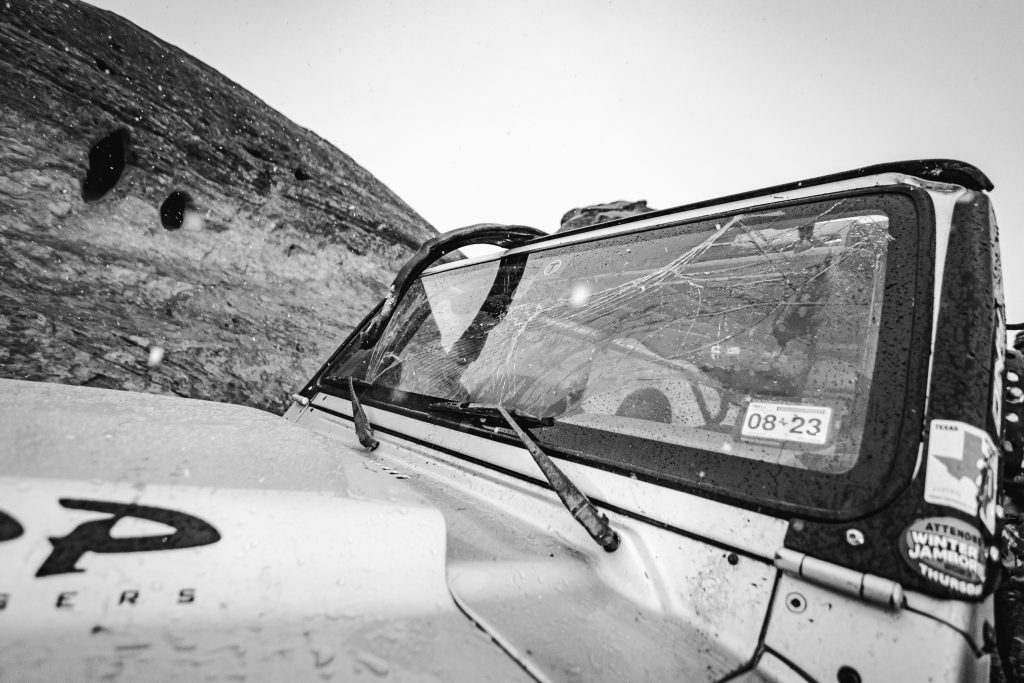
Equipment
Having the correct type of equipment is crucial when recovering a vehicle. You can only carry some of the tools, no matter how much you can try. But some essential items you can bring will help in the event of a rollover. Factor 55 makes a remarkable recovery bag that they call, The Sawtooth. This kit includes hard and soft shackles, a tree saver, two different straps, and much more. Another critical element is a winch. WARN Industries makes some of the best winches on the planet. Anything from entry-level units like the Evo VR series to the old-school 8274 winches. During the recovery of the vehicle that flopped on its side, another rig outside our group helped with this recovery. But this is when you need to know your equipment and ensure it works. Someone else in our group had a different company’s winch, and the drum brake was not working. This means that the vehicle would pull the winch cable back every time he winched in. This can be very dangerous while attempting to recover a vehicle. You want to be able to control everything during a recovery. One item you might need to think about bringing is a spark plug socket. You need to know which one you have and make sure you carry it. It will come in handy when you need it most. Out of all your essential hand tools, this is one item you must ensure you have in your bag. It is easy to carry too many tools that will weigh your rig down. It is hard to say which is best, but bring what you believe you will need in an emergency.
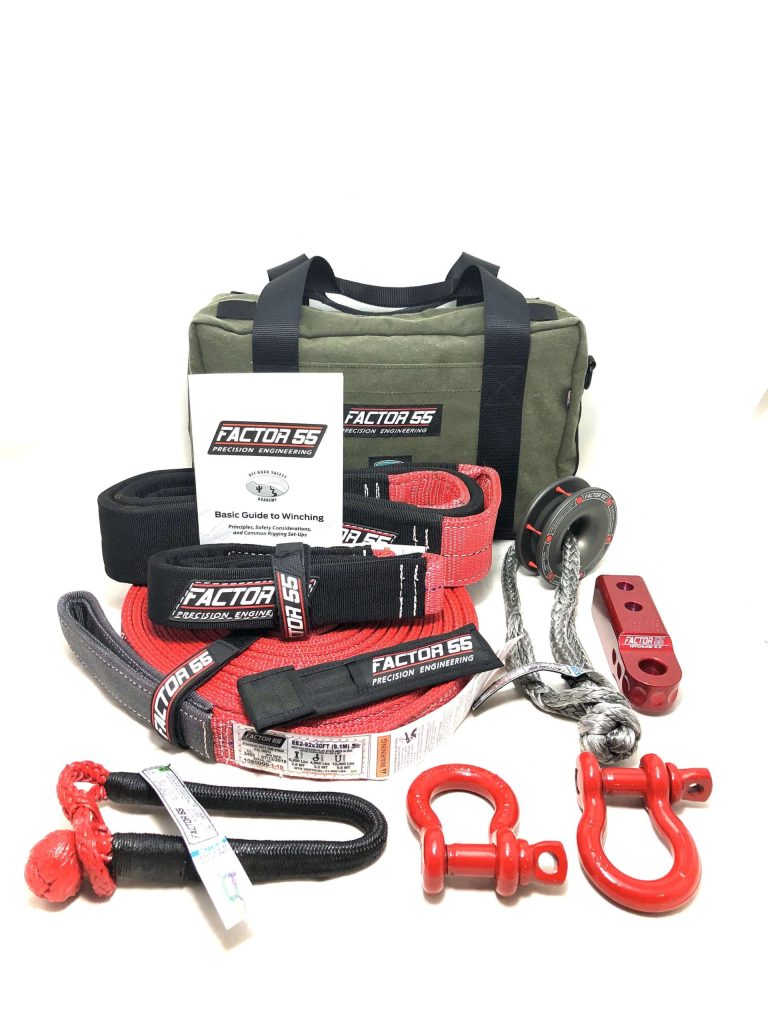
Getting the Vehicle Off The Trail
Again, every rollover is different. El Chingon was able to drive his vehicle off the trail after we fixed the leaking power steering cooler. When I rolled my LJ (ridinlj) I was able to drive it off the trail also, same when Mike rolled Party Wagon. But this is not always the case. Having proper straps and tow points on your vehicle will make this much easier. Also, never use a kinetic rope to tow a vehicle out of the trail. If you are not able to get the vehicle off the trail, there are companies out there like Rory at Moab Motorsports and Matt with Matt’s Recovery that will come and recovery your vehicle.
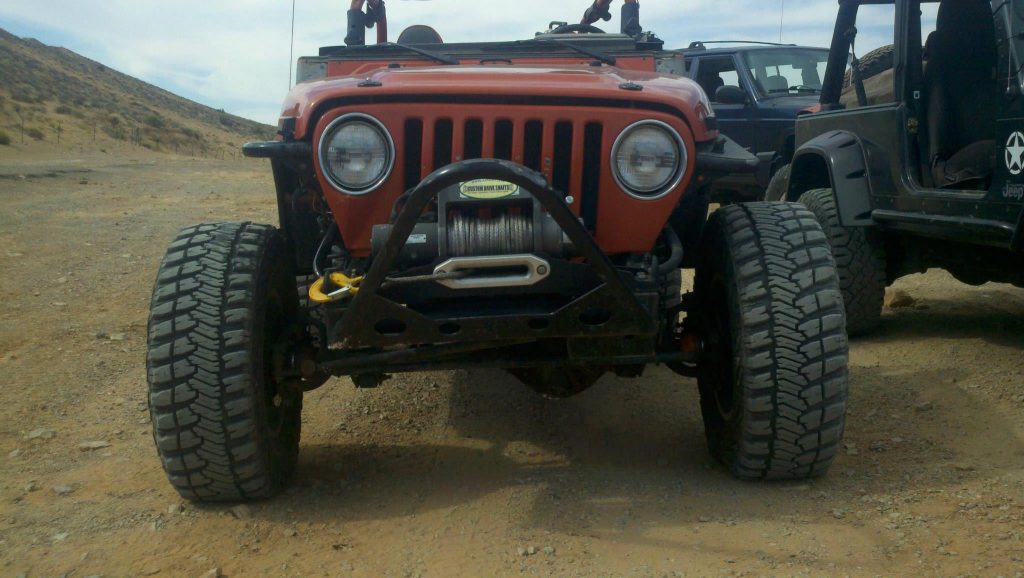
Fixing Your Rig
Now that you have the rig off the trail. It’s time to fix it properly. I know when I rolled my LJ, I took it to a shop and had everything fixed. This all comes down to what you want to do vs. letting someone else fix it. Sometimes it is nice to drop it off, especially after you had a bad day and rolled your vehicle. Whatever it might be, get it fixed so you can get it back on the trail. And remember, keep the rubber side down next time.